Last updated on May 21st, 2025 at 11:48 pm
Growing lupines from seed or propagation; growing conditions; cut flowers and deadheading.
by Jane Lake
~ Lupinus, leguminosae, Pea Family (lew-PIE-nus)
When I was a child, there was an abandoned cottage just outside our village. In the spring, a glorious bed of lupines, mostly purple and lilac, but with some pinks and whites, would spring up near an overgrown boxwood hedge. The plants hadn’t been tended in years, and many were self-seeded volunteers, but the large sweep of vibrant spires delighted the eye and looked postcard perfect to me.
Since then, I’ve always had lupines attracting bees and butterflies somewhere in the garden.
Russell Hybrids are the most common seeds available in my area, so I read the history of George Russell lupins with interest.
This English jobbing gardener saw a weedy arrangement of lupines and was inspired to improve upon the potential. He spent years working to produce a reliable, long-lasting strain, giving his first exhibit at the Chelsea Flower Show in 1938, at the age of 79. Popular Russell hybrids are produced by crosses of L. polyphyllus or L. artobrescens and others.
Companion Perennials: Malva Zebrina (mallow hollyhock), Yarrow, Lady’s Mantle, Delphiniums.
Growing Conditions
Plant lupines in rich, acidic soil that is moist but well-drained. If you need to lower the pH of your soil, try working in some peat moss, pine needles, oak leaves, compost or coffee grounds. Acidic liquids, such as lemonade, orange juice, white or apple cider vinegar, or even coca-cola, can be diluted with water (two parts acidic addition to one part water) and sprinkled over the soil to temporarily lower the pH.
Lupines get water logged and drown in clay soils. If your soil has a high clay content, amend it with compost or vermiculite, placing additional gravel on the bottom of the planting area to encourage adequate drainage. As well, choose an advantageous spot for planting, such as the top (or near the top) of a slope where water can drain away.
In North America, lupines will tolerate Zone 3 winters but fare less well in hot summer areas warmer than Zone 6. They are best adapted to cool summers with high humidity, although mulching to keep the roots cool, and planting in areas sheltered from hot, dry winds, will help the plants survive in less than ideal conditions.
Lupines thrive in sun to part-shade, but too much shade, in my experience, leads to lots of foliage and few flowers. Best to give them lots of sunshine in well-drained, mulched beds.
Growing Lupines from Seeds and Other Methods of Propagation:
» Germination of lupine seeds can be helped along by soaking the seed for twenty-four hours before planting about 1/8 inch deep in peat pots. Put the pots in the fridge, or another cold spot, until you can see the first growth.
Because the seed casing is so hard, some people like to scratch, score, or chip the outside seed layer before planting. Expect germination to take one to two weeks, and transplant outside after the last frost, placing seedlings about 12 to 15 inches apart.
My preference is to direct sow the seeds in fall, but this can also be done in early spring, setting the seeds where you want the plants to grow, because lupines don’t take kindly to transplanting. Unless the stars align and everything else is perfect, expect only foliage growth the first year, with flowers following in the second year.
You can also try basal cuttings in the spring; dip the cuttings in rooting hormone, then insert in a moist mixture of sand and compost or into jiffy peat pellets.
In fall, according to Rodales Illustrated Encyclopedia of Perennials – 1993, another viable method of propagation is to remove side shoots from a well-developed plant, without lifting the mother plant from its position.
Plant Structure:
Lupines have clusters of fan-shaped, palmately divided leafs, often covered with fine silvery hairs that assist in repelling water droplets. Foliage color varies from medium green to grey-green leaves.
Pea-like flowers are produced on a candle spike up to two feet long, with an upper standard, two wings, and two lower petals fused together. The flower shape looks like little hats or bonnets, inspiring the names of some species, such as the state flower for Texas, Texas Bluebonnets.
The hard-shelled seeds are contained in a pod, similar to a pea pod, which can be harvested for the seeds once the pod has dried and turned brown.
Cut Flowers
Lupines look lovely in flower arrangements, but if you cut the flower stalks when they are fully developed, you’ll find that the petals start to fall almost as soon as you put them in a vase.
Instead, cut each flower stalk when about one-third of the flowers have bloomed from the bottom, leaving two-thirds of the spike still to bloom indoors.
Deadheading
Once each flower stalk is done flowering, you can deadhead the spent spikes to promote plant health and the production of secondary blooming spikes; this second growth will usually be shorter and thinner than the first flush of flower spikes, but no less pleasing.
Notes:
In some areas, including my own, lupine seeds are sold as biennials, yet they perform as perennials, mainly due to self-seeding and vigorous volunteers. This is what must have happened to the lupines in the abandoned cottage garden that I remember from my childhood; situated in a good spot, with lots of sun and decent, well-drained soil, the plants perpetuated themselves.
Some plants will bloom gloriously and then die off, while others will perform vigorously for several years. I always plant lupines in two or three different spots to find out which they prefer, then coddle them along in the sweet spot.
Generally speaking, though, lupines are not long-lived, especially in warmer environments, where they are sometimes treated as annuals. The secret, I think, to maintaining spectacular lupine beds is allowing volunteers to thrive, or by propagation on an annual basis to keep the lupine beds fresh and flowering profusely every year.
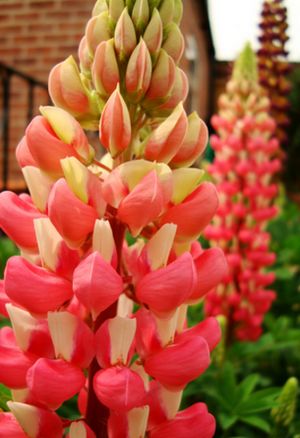
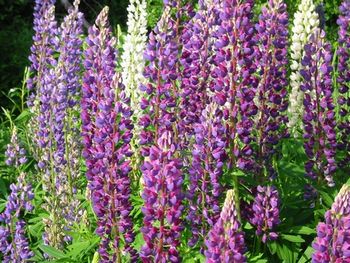
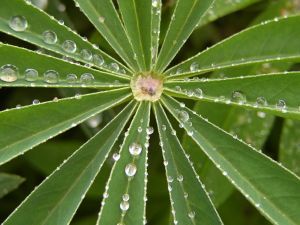
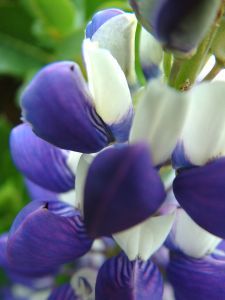
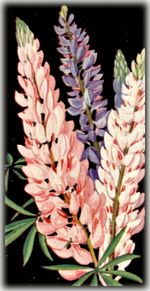
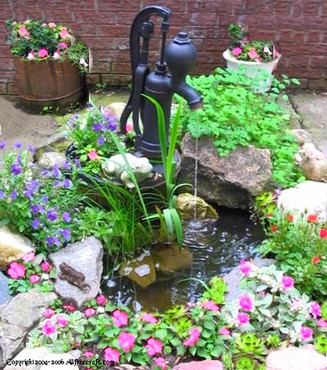

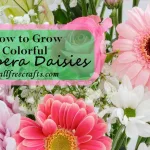
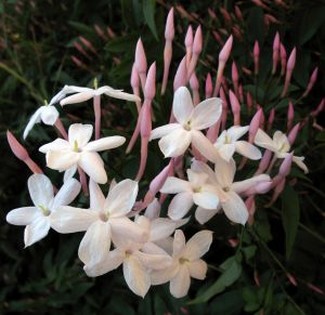
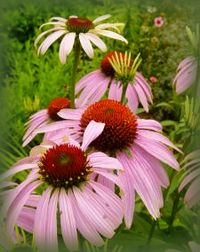
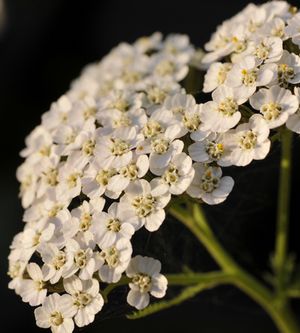
Leave a Reply